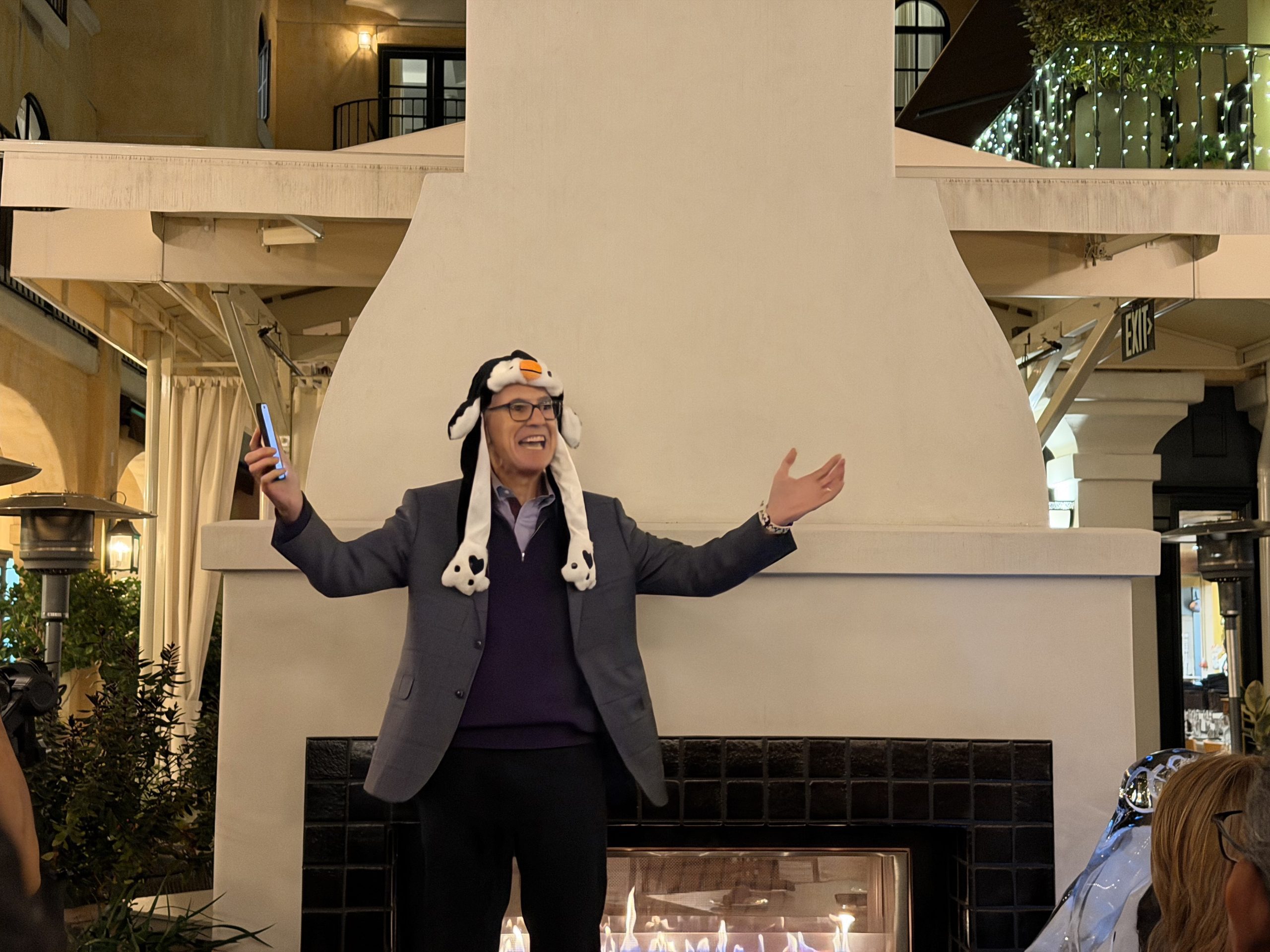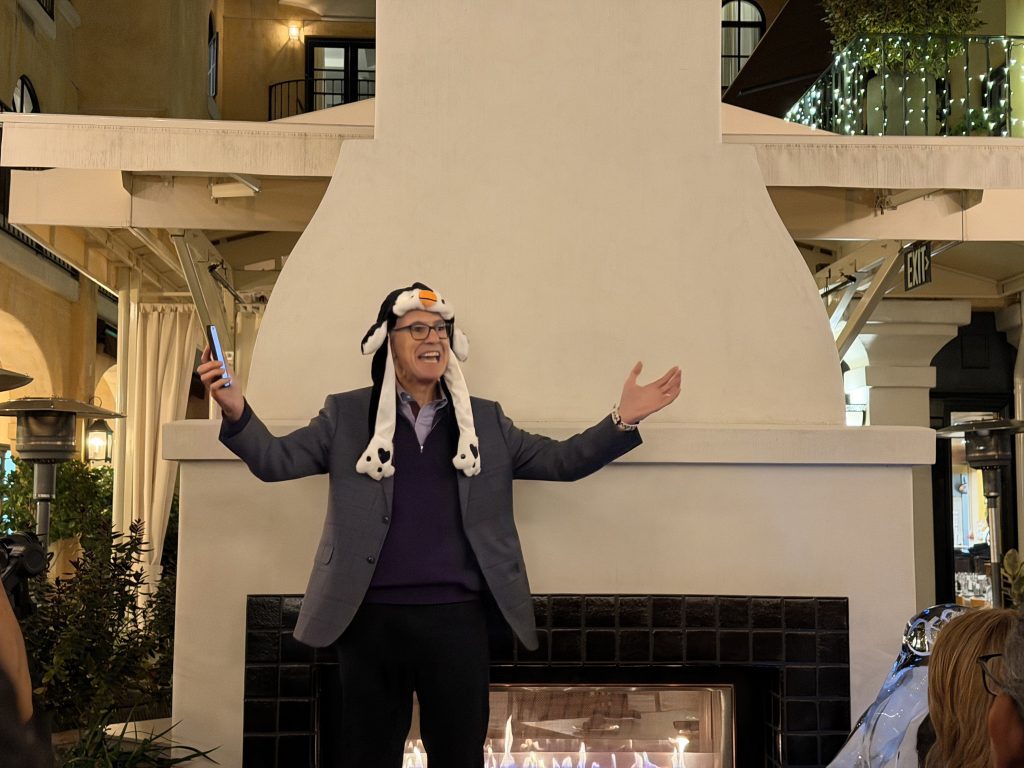TL;DR: Over a hundred CMOs gathered in Palo Alto for the second annual CMO Super Huddle. The day featured three remarkable growth stories: Snowflake’s journey from $3M to $3B, Lovable’s explosion from zero to $100M ARR in eight months and Udi Ledergor’s lessons on ‘Courageous Marketing’ at Gong. Here are the five strategies that emerged: mastering AEO before traffic disappears, scaling content with AI, tracking champions intelligently, speaking the language of revenue and solving the differentiation problem.
Drew Neisser, the CEO of CMO Huddles, stood on stage at the El Prado Hotel for the second annual CMO Super Huddle in a full penguin costume. Not a penguin hat. Not penguin-themed business casual. A complete, head-to-toe penguin outfit.

“Penguins huddle together for warmth and survival,” he explained to the room of over 100 CMOs. “When it’s freezing in Antarctica, they take turns on the outside of the huddle, then rotate to the warm center. No penguin goes it alone.”
That’s the philosophy behind CMO Huddles. In an environment where CMO tenure keeps shrinking and pressure keeps mounting, marketing leaders need each other. Not for networking. For survival.
Parts of the event felt like high school. I had just finished the cafeteria-like buffet and was searching for a place to eat my lunch when I ran into Snowflake’s Denise Persson. “Oh my god,” I exclaimed. “I found the cool kids’ table!” I’ve worked with Persson at ON24 and Snowflake and even brought two of her books so she could autograph them.
That wasn’t the only encounter from this B2B version of This is Your Life. I also saw Mandy Dhaliwal, CMO at Nutanix, whom I’ve known since doing PR for SOASTA. Next I would see Rashmi Vittal, whom I worked with at Conversica.
I felt like the only PR person in a sea of marketers, which gave me a unique vantage point on what these leaders are wrestling with right now. The conversations weren’t about theory. They were about what’s actually working as AI rewrites the rules.
Here’s what I learned.
Courageous Marketing is Key: Udi Ledergor Sets the Tone
Udi Ledergor, chief evangelist at Gong, opened the conference promoting his book Courageous Marketing with a challenge: B2B doesn’t have to be boring.
“The biggest risk in marketing isn’t being too bold,” Ledergor said. “It’s being forgettable. If you’re not willing to stand out, you’ve already lost.”
He shared a perfect example of courageous marketing that delivered results: buying local Super Bowl ad spots. While national Super Bowl ads cost millions, he discovered he could buy local market ads in cities where Gong had major target accounts for just $7,000 to $35,000. “We ran ads in 14 cities during the Super Bowl. The next day, we had meetings with half of our target accounts. They all said the same thing: ‘We saw your ad during the game.'”
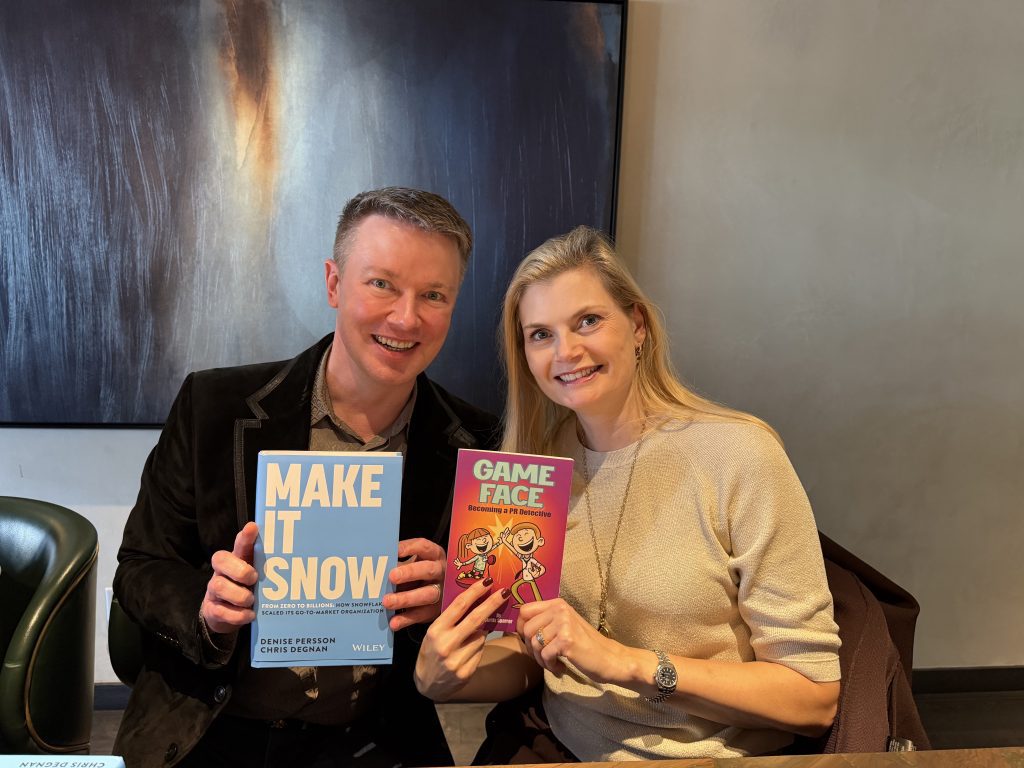
The campaign generated millions in pipeline for a fraction of what competitors were spending on traditional demand generation. “It wasn’t just about the ad,” he explained. “It was about making a bold statement that we belonged in the conversation with the biggest brands.”
His philosophy at Gong was simple: hire people with energy, encourage experimentation and don’t apologize for being different. Gong became a category leader by refusing to sound like everyone else in the space.
Master AEO Before Your Traffic Disappears
When Neisser asked how many CMOs had seen organic traffic drop in the past year, 60% of hands went up. People aren’t going to Google anymore. They’re asking ChatGPT, Claude and Perplexity.
Guy Yalif, chief evangelist at Webflow, didn’t sugarcoat it: “95% of ChatGPT citations point to content that’s 10 months old or less.” The technical solution? Schema markup. Webflow added FAQs and schema to just six product pages. Within two weeks, more than half of its incremental AI citations came from those pages, and organic traffic grew 24%.
Yalif’s team used AI agents to 5x their content update speed, leading to 42% more traffic to updated pages. That traffic converted 14% better.
“Don’t leave SEO behind and go to AEO,” Yalif cautioned. “Expand from one to the other, focusing on four areas: content, technical setup, authority and measurement.”
Janet Jaiswal, CMO at Blueshift, shared how generative search transformed its site: “12% of people who engage click on our CTAs, and 14% consume additional content beyond their first query.”
Scale Content Creation With AI
Steve Mudd, founder and CEO of Talentless AI, demonstrated the power of AI-augmented teams: “AI is an operating system for how people work. My team of three interns creates two to three videos per day, translates them into seven or eight languages and distributes across multiple channels.”

But Sandy Ono, executive vice president and CMO at OpenText, offered an important caveat: “The question isn’t whether AI will change marketing, it’s whether we’re leading that change or reacting to it.”
Chandar Pattabhiram, chief go-to-market Officer at Workato, added: “Marketing used to be about campaigns. Now it’s about orchestration, connecting data, systems and experiences in real time. Don’t wait for the perfect AI solution. Start with what you have, learn fast and iterate.”
Snowflake: CMO and CRO Alignment is Powerful
When Persson and Chris Degnan took the stage to discuss their new book Make It Snow and the partnership that scaled Snowflake from $3 million to $3 billion, I wasn’t just taking notes. I was watching someone I’d seen execute this playbook firsthand.
Persson emphasized the discipline that drove their success: “We just got customer stories out there over and over and over again, no matter what we did.” But the alignment went deeper than tactics. “When you’re creating a new category, you have to have the whole executive leadership team bought in,” she explained. “It’s not just a marketing job. If you’re starting to impact how engineers spend their time, that’s not marketing providing requirements. It’s actually saying we need a new roadmap.”
On investing in brand when others questioned the spend, Persson was unapologetic: “If we don’t do that, we can’t tell the story.”
Degnan reinforced this from the CRO perspective: “The partnership between CMO and CRO is not a nice-to-have, it’s an absolute requirement.” Over 6.5 years together, they achieved 100% year-over-year growth through shared goals, brutal honesty and weekly 1:1s where nothing was off limits.
When they aligned their compensation so they’d win or lose together, it wasn’t just a tactic. It was the operating system that made everything else possible.
Track Champions and Optimize Revenue
Shankar Ganapathy, founder and GTM leader at Boomerang, introduced AI-powered champion tracking. Your best customers change jobs. When they do, they’re your fastest path to new revenue.
Armen Najarian, CMO at Sift, shared striking results: 150 job changes monitored and engaged, 3,000 new leads discovered that sales reps had spoken with but never entered into Salesforce and an 11% increase in enriched leads.

Those 3,000 hidden contacts? Boomerang discovered them by analyzing calendar invites and email threads. Pure data hygiene failure turned into opportunity.
Rohini Kasturi, CEO of HG Insights, recently acquired TrustRadius and MadKudu to build what he calls “Revenue Growth Intelligence.” The vision combines first-party buyer intent from TrustRadius with HG Insights’ firmographics, technographics and spending intelligence. “The one thing we hear constantly is about three priorities: revenue, retention and operational efficiency. We’re not next-gen ZoomInfo. We have both the data moat and the solution moat, agentic applications built on top of our data.”
Heidi Bullock, CMO at Tealium, emphasized the foundation: “We’re moving from spray and pray to surgical precision. AI lets us understand intent signals we never could before. But you can have the best AI tools in the world. If your data is garbage, your results will be garbage.”
Become an Officer of the Company First
Joshua Leatherman, CMO at Cyderes, delivered one of the day’s most provocative statements: “The hardest transition for any marketer is going from VP to C-level. You have to start with the officer of the company first.”
He spends more than 50% of his time on business problems beyond marketing: churn, M&A, AI governance. “There are just a lot of CMOs who don’t understand how to read financials, don’t understand what EBITDA is properly.”
The trap? CMOs focus on outputs (leads, impressions, activities) rather than outcomes. Leatherman’s advice? “Don’t ever talk about leads. Talk about outcomes. Sales qualified pipeline. Sales qualified opportunities.”
Jean English, CMO at CoreWeave, emphasized what boards want: “Facts. Repeatable facts. Trending facts. Being able to show analysis over time and represent the company as a whole.”
Kate Bullis from ZRG Partners provided the recruiter perspective: “CMOs need to be students of the business, not just marketing experts.”
Solve Your Differentiation Problem
Neisser revealed the most common challenge submitted by attendees: “I saw one challenge 10 different times: We have a differentiation problem. If you aren’t differentiating your brand, you’re toast.”
Melinda Wilken, positioning strategist at Firebrick Consulting, offered a framework: “Name the problem. Own the problem. Talk about the problem. Sell the problem so your champion can sell it up the chain and unhook budget dollars.”
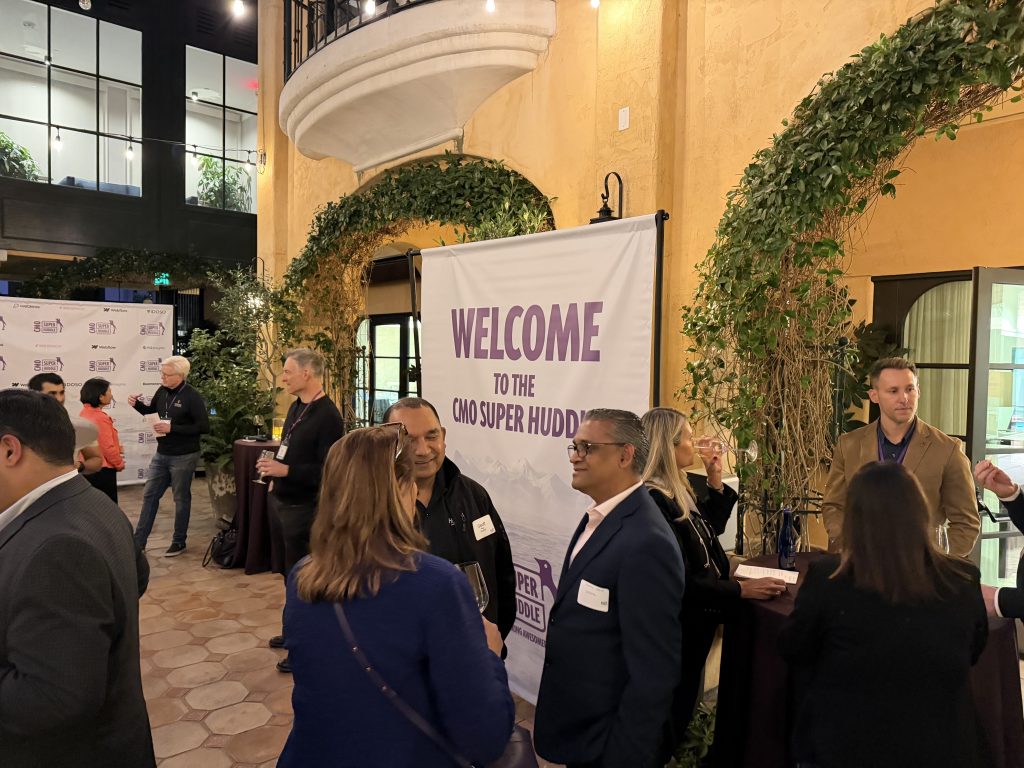
Kevin Ruane, CMO at Precisely, shared his experience: “Everyone in our space sounds the same. The brilliance of what Firebrick did is it’s grounded in reality but forward-leaning in a way we haven’t been before.”
The key? “This had to be CEO and executive team driven, not seen as a marketing thing.”
Jon Lombardo, co-founder of Evidenza, introduced synthetic research: creating AI-powered copies of your customers to conduct market research. “Customer intelligence that used to take three months now takes three hours.”
Tahnee Perry, AI advisor at Temoji Consulting, made the case for unconventional thinkers: “Creativity beats credentials, and weird brains build more resilient teams.”
Lovable: When Product Is the Marketing
Carilu Dietrich closed the day with an almost impossible story: $0 to $100M ARR in eight months. Starting with 100 users in a Discord channel, Lovable scaled to 300,000 users with minimal traditional marketing.
“Marketing was not part of the equation,” Dietrich said bluntly. “The product marketed itself.”
But there was a method to the viral growth. Lovable engineered posts that would spread naturally, and they turned launches into events. “We would throw parties when we had a big launch,” Dietrich explained. “Everyone would be ready with their posts, and we’d hit publish at the same time. Then we’d watch it spread in real-time together.”
They created a simple framework: show someone building something remarkable in real-time using Lovable, make it visual and shareable, and let the product speak for itself. Posts showing developers building full-stack applications in minutes, not weeks, generated millions of organic impressions.
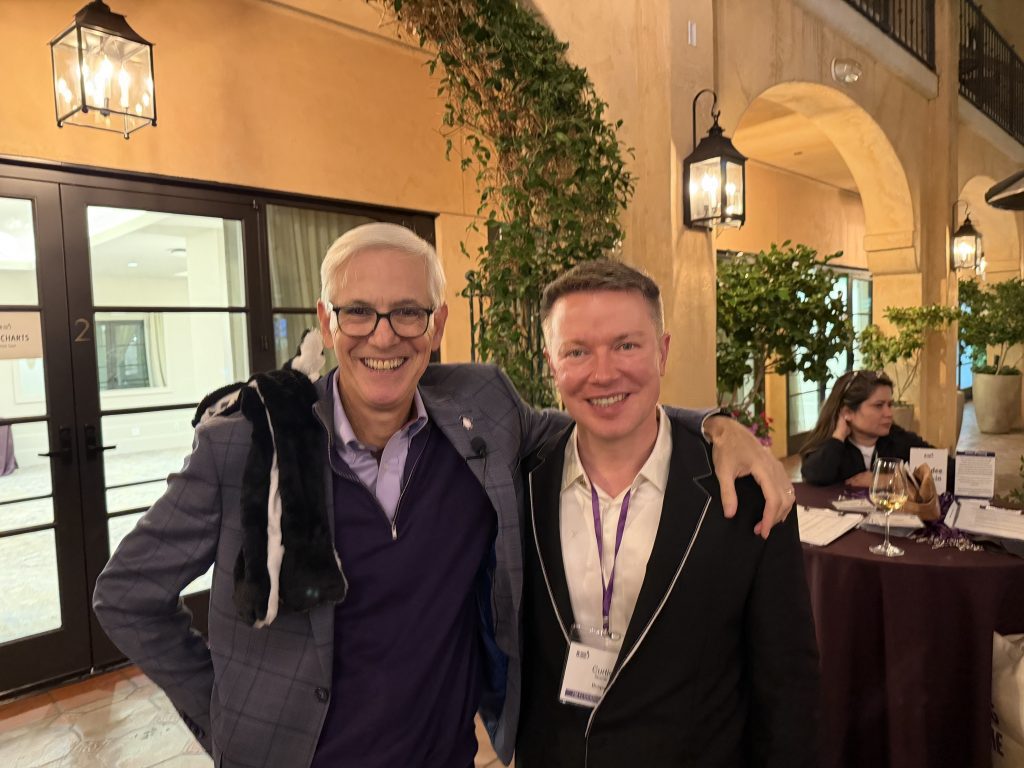
“We focused on making it incredibly easy for users to share what they built,” Dietrich explained. “Every creation could become a demo. Every demo could become a viral post.”
The caveat? “This only works when you have product-market fit so strong that users become your evangelists.”
The Bottom Line
The CMOs who left energized rather than overwhelmed recognized a fundamental truth: AI isn’t replacing the CMO role, it’s elevating it. But only for those willing to change what they do.
Neisser emphasized what matters most: “You have three jobs. Set the vision, allocate the resources, pick the team. That is it.”
He reminded the room about the power of customer stories: “Start every conversation in the boardroom with ‘I was talking to a customer the other day.’ They will look at you. They will be engaged with you.”
And he revealed something powerful about the huddle itself: “There wasn’t a single person in this room that didn’t have a challenge that someone else in this room could solve.”
His final challenge to the room was the most provocative: “Ignore your competition. Who cares? They’re trying to figure it out, too. Just do your thing and make them worry about you.”
That’s what CMOs need to do differently. Not go it alone. Not obsess over competitors. But huddle together, share what works and focus relentlessly on customers.
The penguins have it right.
